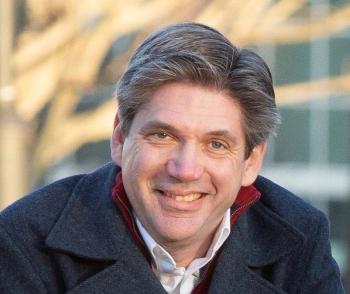
Cost and utilization correlations force plans to study their drug benefits
WellPoint supports putting gold-standard generics in most drug classes on the first tier.
Several recent studies are shedding light on the correlation between raising copayments for drugs and their utilization. The results are forcing health plans to make some vital decisions about access and affordability. According to the Kaiser Family Foundation, from 2000 to 2003, the average copayment for a preferred prescription drug rose 46% to $19, and non-preferred copays rose 71% to $29.
Appearing in the Journal of the American Medical Assn. (May 19, 2004), a study by the RAND Corp. found that doubling copayments for both generics and brand drugs in a two-tier system reduced the use of eight types of drugs for chronic conditions, including asthma, diabetes, pain, allergies and depression. The largest impact was on the use of antihistamines and non-steroidal anti-inflammatory drugs (NSAIDs), which dropped 44% and 45%, respectively.
The RAND study of pharmacy and medical claims from 1997 to 2000 for 30 large U.S. employers and 52 health plans showed that there was a greater reduction in use in categories such as NSAIDs and antihistamines-which have over-the-counter substitutes-than in classes such as antidiabetics (25% decline) and antihypertensives (26% decline). The report also pointed to evidence that higher copayments lead to increased emergency room visits (17%) and hospital stays (10%) for diabetes, gastric acid diseases and asthma.
The Medco study looked at two employers: "A" switched from a one- to three-tier plan and increased copayments across all tiers, while "B" moved from two to three tiers, increasing copayments for the third tier. When compared with a like employer with no benefit changes, 16% of A's employees stopped taking ACE inhibitors on the third tier vs. 6% in the comparison group; 21% vs. 11% stopped taking cholesterol drugs, and 32% vs. 19% stopped taking proton pump inhibitors (PPIs).
Although there was less impact on compliance or spending for B's employees, they were more likely to switch from a non-preferred brand to a less-expensive brand or generic than the comparison group.
As a result of the study, Patricia Deverka, MD, vice president of scientific affairs for Medco, recommends that plan sponsors raise copayments incrementally; analyze each class of drugs when designing benefits; make use of financial incentives such as lower copays for chronic disease medications and higher ones for lifestyle drugs; and look carefully at specific employee populations.
"Moving from one to three tiers in a single jump would not work well for hourly employees," she explains.
Health Strategies Group, a consulting firm based in Lambertville, N.J., conducted its own research on the effect of consumer prescription costs on compliance and was surprised by the results.
"The absolute copayment amount doesn't really matter," says David Rees, a principal with the firm. "If you go to a pharmacy and expect a copayment to be $25 and it is, there is no motivation to change your buying decision. But if you expect $15 and it turns out to be $25, that changes the situation. If you consider 1,000 prescriptions in one day, there is a 13% to 15% chance someone will face a copayment surprise, and a average of 20% will not fill the prescription at point-of-service."
Health Strategies analyzed discontinuation rates for ACE inhibitors, PPIs and statins when copayments increased and found that only 1% of those whose copayment met expectations did not fill their prescriptions, while the no-fill rate jumped 18% when the copayment exceeded expectations. Over a three-year period, the no-fill rate jumped from 11% to 22% when copayments increased.
Newsletter
Get the latest industry news, event updates, and more from Managed healthcare Executive.

















































